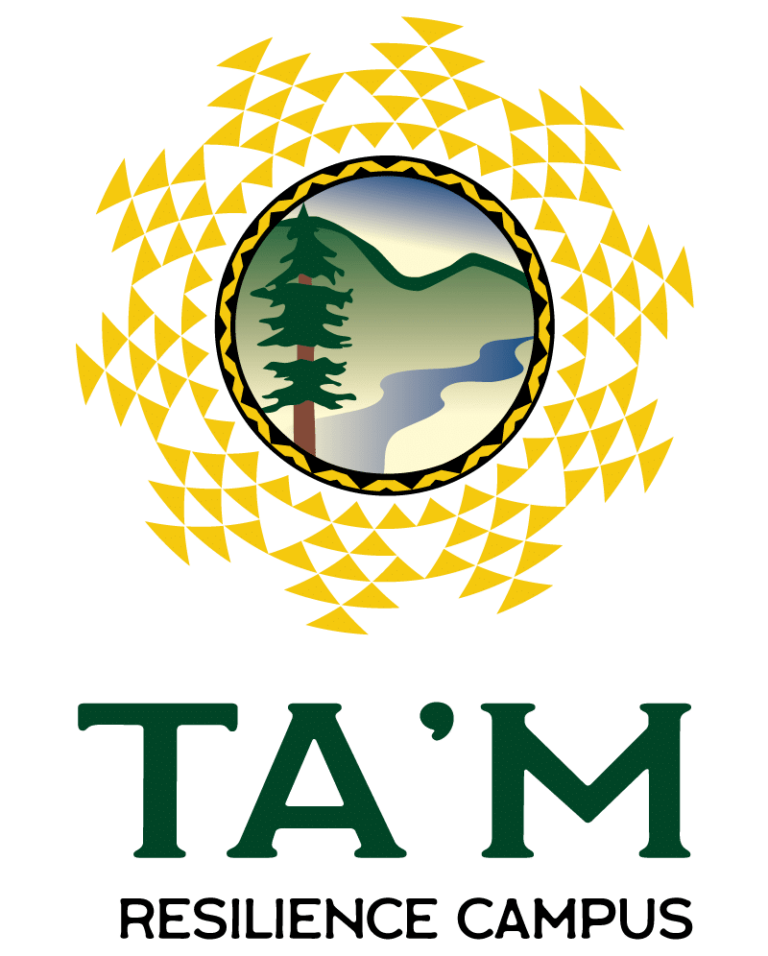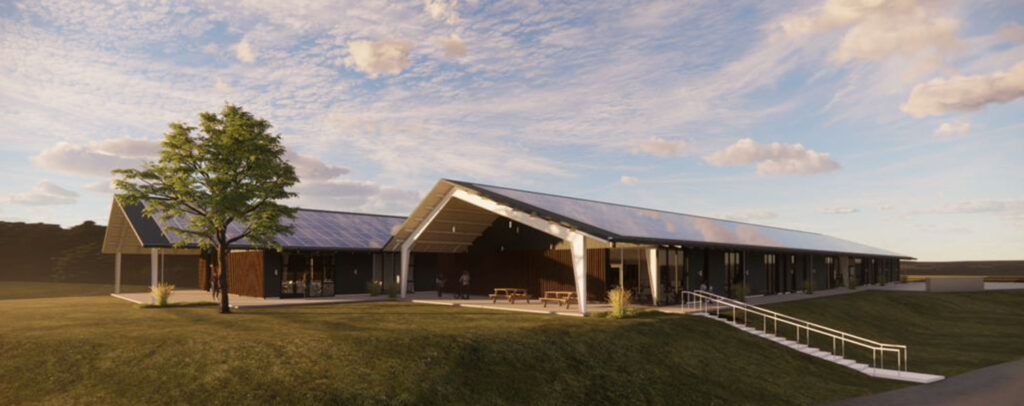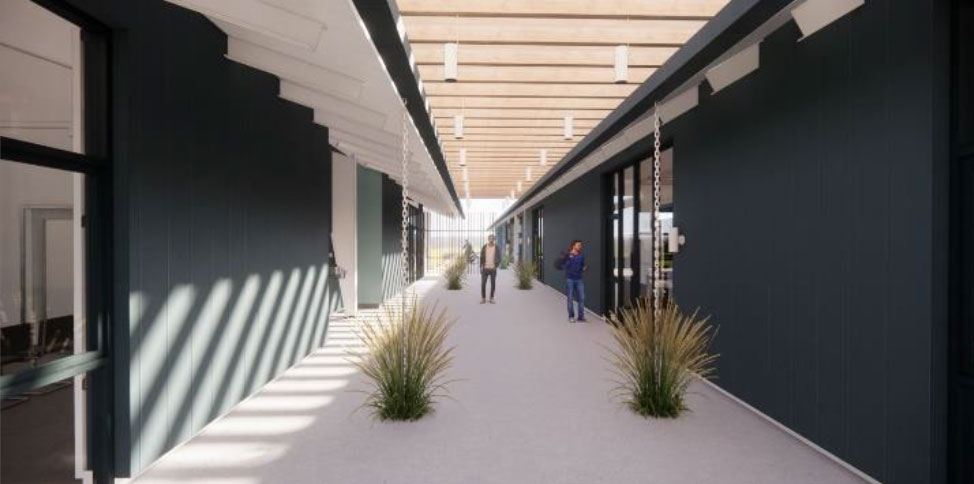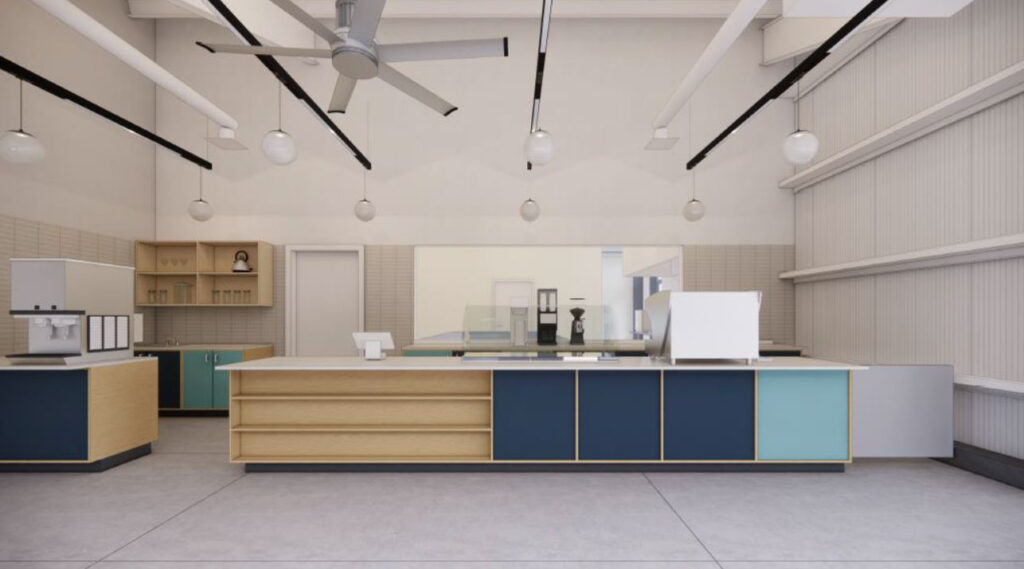

Ta'm Resilience Campus:
A Strategic Investment for Economic Development
The Ta’m Resilience Campus, spearheaded by the Blue Lake Rancheria Tribe (Bue Lake, CA), presents a transformative opportunity for economic development and resilience-building within the Tribe and across the region. The summary below examines the strategic significance of the Ta’m and its potential to drive sustainable growth, innovation, and prosperity in the region—and serve as a model for the nation.

Introduction
In an era marked by increasing environmental risks and economic uncertainties, investing in resilience and adaptive capacity is paramount. The Ta’m Resilience Campus emerges as a strategic response to these challenges, offering a multifaceted approach that integrates inclusive and equitable community development with disaster preparedness, cross-sectoral resilience, and sustainable economic practices.
Strategic Focus: Economic Development
Central to the Ta’m’s mission is the promotion of economic development and job creation through targeted initiatives and strategic investments. The following sections outline key focus areas and corresponding strategies:
- Entrepreneurship and Innovation: The Ta’m serves as a catalyst for entrepreneurship and innovation, providing resources, mentorship, and infrastructure to support the growth of new ventures. By fostering a culture of innovation, the Ta’m aims to stimulate economic diversification and job creation within the region, focusing on underrepresented populations and disinvested communities. Ta’m staff have are developing partnerships with similar organizations and with venture funds to ensure that participants receive the best possible assistance and the best shot at growing their ideas into reality.
- Workforce Development: A skilled workforce is essential for driving economic growth and competitiveness. Through the Ta’m’s workforce training center and makerspace/FabLab, individuals will gain access to hands-on training, industry certifications, and career pathways aligned with sectors such as energy efficiency, renewable energy (including offshore wind), advanced manufacturing, healthcare, and sustainable agriculture. In partnership with Cal Poly Humboldt, College of the Redwoods, NGOs, labor, and other regional stakeholders, the Ta’m workforce programming will pay particular attention to those populations that have had difficulty accessing training opportunities and finding quality jobs.
- Industry Clusters and Value Chains: In alignment with regional economic development planning, the Ta’m will facilitate the development of industry clusters and value chains, fostering collaboration among businesses, academic/research institutions, NGOs, and government agencies. By leveraging local strengths and resources, the Ta’m will enhance the competitiveness of key sectors while promoting supply chain resilience and local economic growth.
- Public-Private Partnerships: Strategic partnerships are essential for scaling impact and leveraging resources effectively. The Ta’m will collaborate with government agencies, private sector firms, philanthropic organizations, and community stakeholders to co-design and implement initiatives that drive inclusive, resilient, and sustainable economic growth.

Focal Areas
Ta’m programming will focus on specific focal areas for resilient regional economic development: disaster preparedness, energy, healthcare, manufacturing, smart technology, and sustainable food production. Within these areas are a diverse range of
existing, new, and to-be-developed enterprises poised to build regional resilience and prosperity.
Funding
Total funding for the Ta’m to date exceeds $12 million. The original funding ($7.9 million) for the facility came from the U.S. Department of Commerce, Economic Development Administration, in a grant awarded in 2019 as part of a 2017
Disaster Supplemental appropriation. Two subsequent grants were acquired in 2024, one from the Bureau of Indian Affairs, Tribal Climate Resilience program ($3.9 million), and one from the Department of Homeland Security ($.65 million). The latter
grant was secured with the assistance of the 2nd District of California’s U.S. Representative, Jared Huffman.
Whole of Community Model
The Ta’m model is based on the idea of “whole community preparedness,” where people from across the region come together to create new and diverse connections that strengthen social inclusion and trust across different communities and create the networks and connections that foster more robust, resilient and diverse social and economic systems. Importantly, Ta’m programming will be attentive to the need for individual resilience, recognizing that social and emotional aspects of individual thriving are critical to community thriving. It is the resilience of people that make a community, and a nation, resilient.
Distributed Capacity
Just as distributed nodes of “capacity” (where energy flows and material cycles are optimized) help build the resilience of natural ecosystems, the Ta’m will build resilience capacity throughout the region, distributing expertise and know-how down to the individual, household, business, and community levels. By decentralizing expertise and elevating traditional knowledge and indigenous science—ways of knowing and living that have worked here for millennia—the Ta’m will work to create new ways of living and thriving best suited to the bioregion. The Ta’m model is designed to be replicable to other regions across the nation.

Conclusion: A Blueprint for Economic Resilience
The Ta’m Resilience Campus represents a strategic investment in the economic resilience and prosperity of the region and the nation. By integrating entrepreneurship, workforce development, industry clusters, and strategic partnerships, the Ta’m offers a blueprint for building a more resilient and adaptive economy capable of thriving in the face of future challenges.
Facility Details
The Blue Lake Rancheria’s 15,000 square-foot Ta’m Resilience Campus, currently under construction (opening in 2024-25), will be a state-of-the-art complex providing resilience, community and economic development, and disaster preparedness programming. Through co-located startups, a collaborative makerspace, trainings, workshops, networking events, and a café and kitchen, the Ta’m will work to create connections among people, businesses, and the natural world.
The Ta’m facility includes:
- A Resilience Business Incubator to support business startups.
- Conference, Training, and Event Center to support information sharing and networking.
- Workforce Training Center/Makerspace/FabLab to support workforce development.
- Café/Commercial Kitchen (see picture below) to support good food and coffee!
